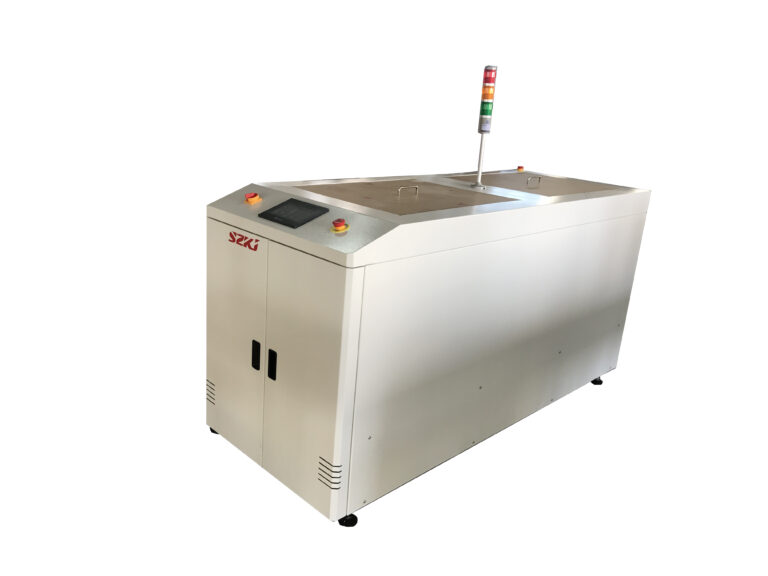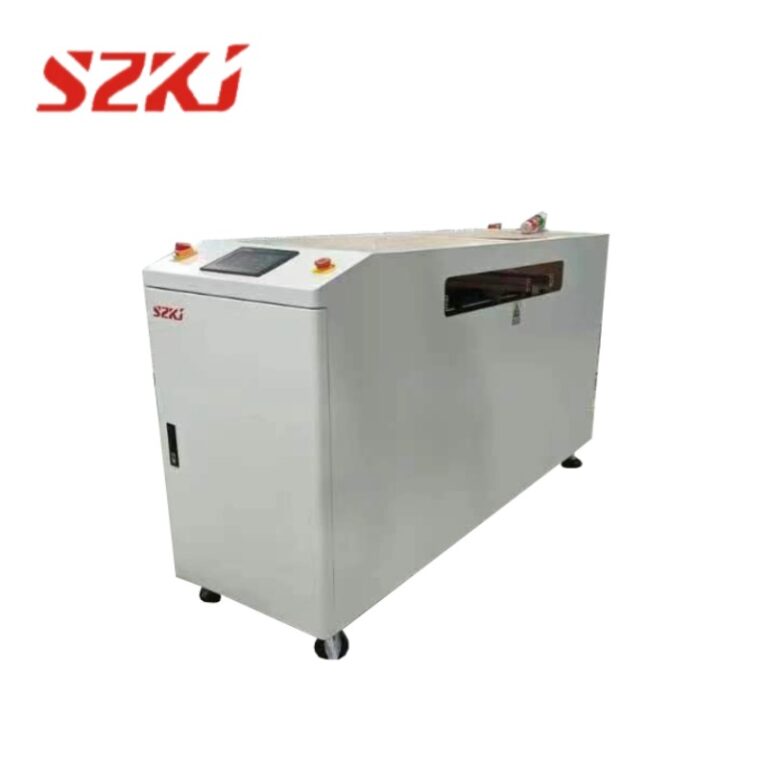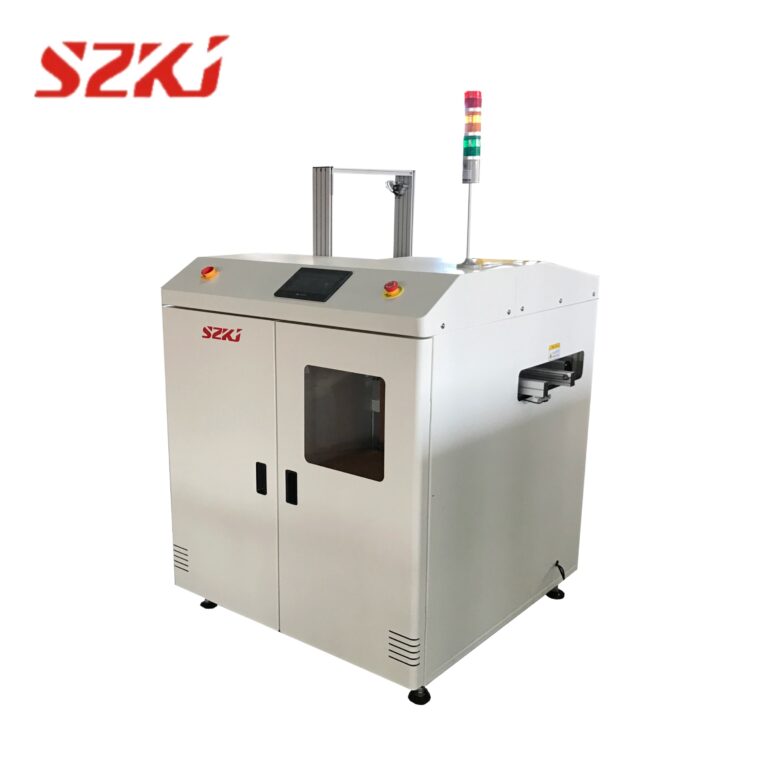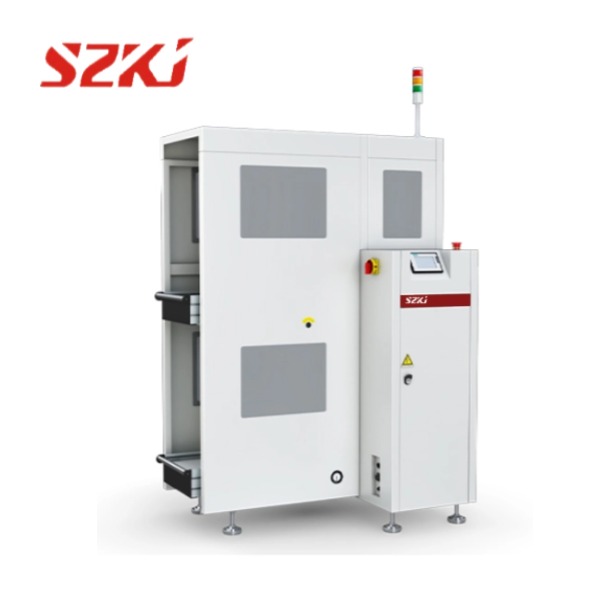Table of Contents
ToggleAssembly line of continuous high efficiency:
The assembly line production process is based on a fixed beat, continuous repetition; its operation is highly efficient and has a strong rhythm. In the middle of the general is allowed to interrupt. So, it does not allow products to have too long a waiting time or equipment processing time. So the assembly line, due to a variety of interfering factors (such as parts quality, material distribution is not timely, or wrong material often caused by stopping the line) and the amount of time to stop production, generally used as a measure of the assembly line characteristics or production operations of the production of a comprehensive evaluation index.
2. Assembly line balance:
The assembly line on the production capacity of each link is balanced and proportional, does not permit the existence of bottlenecks, and the production of material distribution must be based on the beat on time, on time, and qualified distribution in place. These are key assembly line characteristics that ensure uninterrupted workflow and production efficiency.
3. Assembly line unidirectionality:
Assembly line production of only one or a few kinds of process structure of similar series products, and materials only move in a single direction. This is one of the basic assembly line characteristics that defines the direction and logic of the workflow.
4. Assembly line dominance:
The production of a variety of auxiliary processes, and material distribution activities are carried out around the assembly line as the center, raw materials, parts, and components according to the requirements of the district by the anti-radiation of the distribution of on-line, so the products on the line is the movement of the workers are fixed, the assembly line is the “serviced”. This dominance is a reflection of critical assembly line characteristics focusing on centralized operation.
The assembly line is a kind of automated production system used for mass production, It can achieve high efficiency and high-quality product assembly by breaking down the production process into a series of successive processes and assigning specific tasks and operations in each process. This modular approach is another demonstration of essential assembly line characteristics.
-300x300.jpg)
The structure of an assembly line includes the following main components:
- First, the feeding area: the feeding area is the starting point of the assembly line for receiving and storing raw materials and parts. In the infeed area, raw materials and components are sorted, inspected, and prepared to ensure that they meet the assembly requirements.
- Second, the workstation: The workstation is the core part of the assembly line, it is a series of work units arranged in a specific order. Each workstation has specific tasks and operations, and workers complete their respective jobs at the workstation. For example, one workstation may be responsible for connecting parts together, while another may be responsible for conducting product testing and quality inspection.
- Third, Conveyor Systems: Conveyor systems are responsible for transferring products from one workstation to the next. Conveyor systems can take the form of conveyor belts, conveyors, robotic arms, and many other forms to ensure the smooth transport of products along the assembly line.
- Fourth, the control system: The control system is the brain of the assembly line, which is responsible for coordinating and controlling the entire production process. The control system can be based on computers or programmable controllers to monitor and adjust the operational status of each workstation to ensure smooth production.
- Fifth, the discharge area: The discharge area is the end of the assembly line, used to receive and store the assembled products. In the discharge area, the products will undergo final inspection and packaging and then be ready for shipment.
Through the above structural composition, the SZKJ assembly line can achieve a high degree of automation and efficient production. It can greatly reduce manual operation and production time, lower production costs, and improve product quality and consistency. At the same time, the assembly line can also flexibly adapt to different production needs, improving the competitiveness of enterprises and market response speed.




